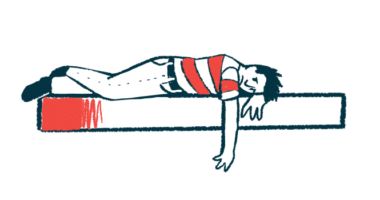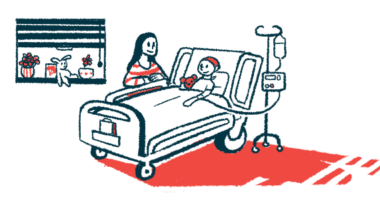Device that screens for stroke in sickle cell being tested in lab
Student working on project through SURP at Kennesaw State University

A student at Kennesaw State University in Georgia is helping to develop a low-cost, light-based device to screen for stroke in children with sickle cell disease (SCD) by monitoring how well their blood flows and how much oxygen is carried to their brain.
Aster Cheung is working with Paul Lee, PhD, an assistant professor of biomedical engineering, as part of the university’s Summer Undergraduate Research Program (SURP). Lee received a grant with the goal of creating a portable device that connects to a mobile app and could be used in countries and regions where SCD is common, but screening resources are limited.
SCD occurs when red blood cells take on a sickle-like shape. These sickle-shaped cells tend to cling to each other and to the lining of small blood vessels, blocking blood flow. If this blockage occurs in the brain, it can lead to a stroke.
A new way to screen for stroke
Screening for stroke usually involves transcranial Doppler ultrasound, which uses sound waves to measure how quickly blood flows through the brain. However, that “requires specialized training and it is not widely available in low-resource settings,” Cheung said in a university press release. “To address this gap, Paul Lee’s lab is developing a compact, low-cost optical device called the SCOS system, which stands for speckle contrast optical spectroscopy.” Unlike ultrasound, SCOS outputs patterns of scattered near-infrared light that reflect changes in blood flow.
Cheung is testing the device on a “flow phantom,” that is, a physical model that simulates the flow of blood through different layers of the head, such as the skin, the skull, and the brain, in a controlled setting, before using it in real patients.
“This phantom helps us to evaluate the depth sensitivity of the SCOS system and calibrate it before moving on to clinical use,” Cheung said in a video for the Kennesaw State Research YouTube channel. The goal is to watch for differences between children with SCD and healthy children. “SURP … has deepened my hands-on research skills and taught me how to approach real-world problems with engineering solutions.”
Cheung began working in Lee’s lab as a first-year engineering student through another program at Kennesaw State.







